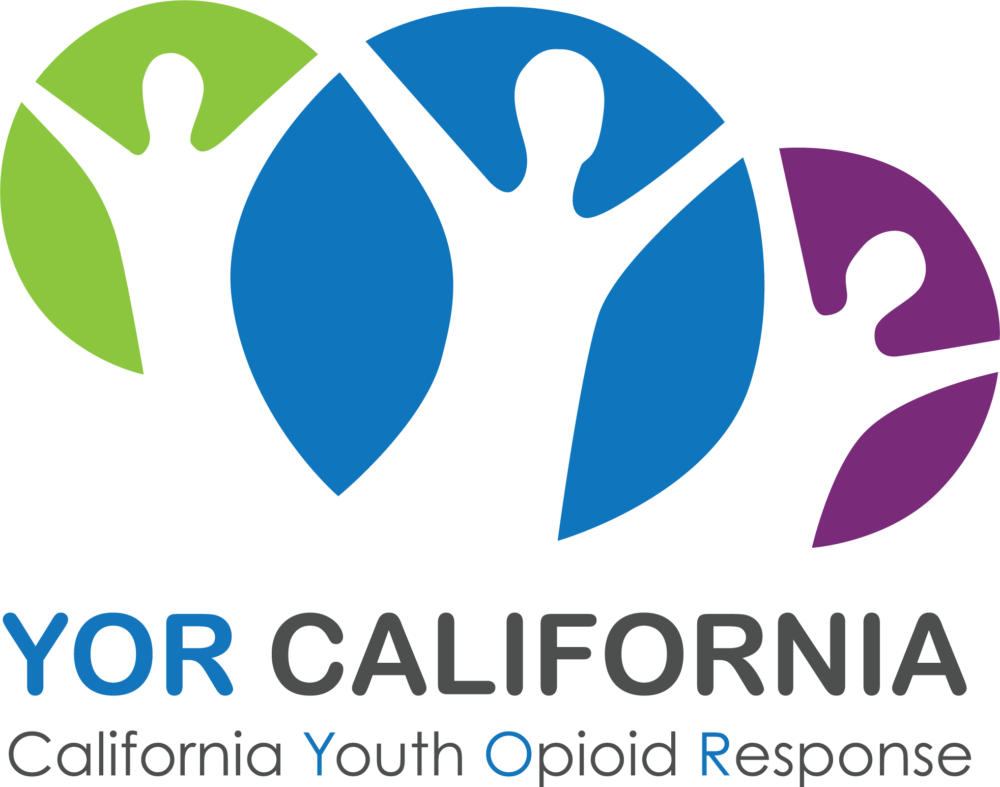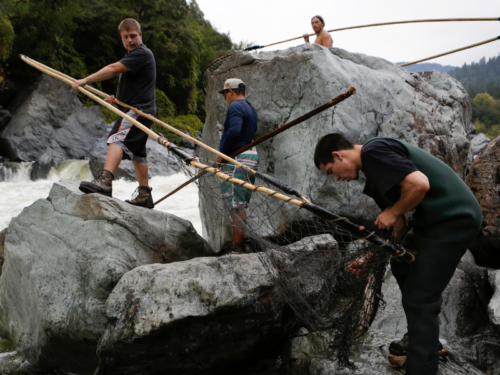Identification Best Practices & Strategies
Patterns of substance use in Native American populations are complex and vary across cultural groups. When identifying substance use for Native American youth it is important to remember:
- Native American peoples are not minorities; they are nations and peoples.
- There is no one Native American culture or identity. Native American identity is extremely diverse including within and across Native American communities. The terms Indigenous, American Indian, Native American, and Alaska Native encompass individuals from diverse, resilient communities who practice different Native spiritual and cultural traditions, speak different languages, live in different settings, and have different approaches to forming their own cultural identities (Bureau of Indian Affairs, 2022).
- A major difference among many Native American youth is between those who live on reservations versus off reservations. Currently, 78% of Native Americans indicate they live away from reservations and in urban areas. Research suggests Native American youth living in non-reservation, urban communities are more disconnected from cultural practices and values. Culture identity has been shown to impact substance use rates (Brown et al., 2016). Native American youth living on reservations report significantly higher rates of substance use than national rates and non-reservation locations (Stanley et al., 2014).
- Stigma has emerged as one of the most consistent barriers to care for Native American youth across several studies. Native American youth have explained stigma about seeking services related to concerns about being weak and how others will view them. Other barriers include worry about maintaining privacy about their presenting psychiatric complaint, trusting providers, as well as lack of transportation, time, financial resources, and social support (Duran et al., 2005; Venner et al., 2012).
- Indigenous biopsychosocial substance use disorder (SUD) assessments exist and are recommended. These assessments include all the standard biopsychosocial data and, in addition, include important elements of Indigenous knowledge systems that can help mental health and substance use practitioners diagnose and treat Native American clients (Elliott-Groves, 2019; Fiedeldey-Van Dijk et al., 2017). One recommended biopsychosocial SUD assessment is Elliott-Groves’, which was designed by members of the Cowichan Tribes and can be adapted to other Native American communities. The CRAFFT is another well validated substance use screening assessment for young people aged 12-21 that has been validated with Native American communities. For more information on the CRAFFT and how to implement screenings at SBHCs, see our screening quick guide.
SUD Risk & Protective Factors
It is important to identify both risk and protective factors because they represent opportunities for early intervention among Native American youth at greatest risk for adverse outcomes.
Protective factors are conditions that protect against the incident of an adverse outcome (e.g., substance use) or promote the occurrence of a desirable outcome within a young person’s environment.
Risk factors can be predictors of maladaptive behaviors or adverse conditions that exist at the structural, community, family, interpersonal, or individual levels. The existence of risk factors can increase the likelihood that an individual will acquire struggles with substance use compared to someone else without risk factors.
Among Native American youth, historical trauma is a significant risk factor that pervades all levels of influence. Starting in the mid-1990s, the construct of historical trauma was presented into the behavioral health field to contextualize and explain elevated rates of psychological/social suffering and health inequalities among Native American populations.
Native American historical trauma is distinguished by its emphasis on ancestral hardship that is intergenerationally transmitted in ways that negatively impact descendent well-being.
Research shows some of the most significant social and intergenerational risk factors making Native American youth more vulnerable to SUDs are as follows:
- Poverty – Approximately 1 in 3 Native Americans live in poverty (American Community Survey, 2021)
- Exposure to relational based trauma – Native American youth have some of the highest rates of adverse childhood experiences (Giano et al., 2021)
- Loss of cultural knowledge and practices – including loss of language and knowledge about ceremonial protocols often impact Native American youth’s sense of self
- Acculturation stress – Dissonance between western based cultural ideals and Native American culture can lead to hopelessness (LaFromboise et al., 2010)
Treatment Strategies: Tribal Best Practices
In many Native American communities evidence-based substance use practices have been unsuccessful. A growing movement for substance use in Native American communities is termed Tribal Best Practices. These grassroot programs are common throughout Native American communities and often blend western science and theories with traditional knowledge and local Native American cultural values.
Examples of Tribal Best Practices to reduce youth substance use include:
- Gathering of Native Americans (GONA) is a culture-based planning process where community members gather to address community-identity issues. The three to four day GONA program uses Native cultural values, traditions, and spiritual practices to promote health community and individual ways of being (Kraus et al., 2017).
- Project Venture is an outdoor/experiential education youth development program developed by the National Indian Youth Leadership Project. It has served over 70 Native American communities and was named a model program by the Center for Substance Abuse Prevention (Carter et al., 2007).
- Healing of the Canoe is a culturally grounded life skills program for youth that includes a youth focused curriculum for substance use and suicide prevention. The program was designed to be adapted by Native American communities using community-specific traditions and beliefs to strengthen youths’ connection to their communities and cultures (Thomas et al., 2011).
- White Bison Wellbriety Movement is a nationwide Native driven organization that focuses on sobriety and empowering Native American people. A core part of the movement is living in ways consistent with Red Road teachings which are indigenous spiritual teaching about wellness and balance (Coyhis & Simonelli, 2008).
- Drum Assisted Recovery Therapy is a substance use treatment intervention for Native Americans that is a culturally relevant, tribally adapted behavior therapeutic approach that incorporates drumming, talking circles, and the 12 steps of Alcoholics Anonymous (Dickerson et al., 2014).
- School-based curricula that incorporates traditions, values, and spirituality of a given tribe. The Menominee Nation Trauma Informed Movement is one example.
- Equine assisted wellness programs – Horses play a significant role in many Native American communities. As a result, numerous Native American communities incorporate equine therapy with their substance use and mental health programming. Bay Area Equine Therapy is one example.
Often, it is important for schools and SUD programs to work with local Native American community mental health workers. They often hold local understandings of history, culture, and traditional views of health and wellness and may reduce barriers to care while promoting tribal health, self-determination, and sovereignty.
To see organizations who are doing Native American youth SUD work utilizing Native American community mental health workers, please see the Native American Technical Assistance Provider project.
It is important to tailor substance use assessments and treatment strategies to Native American youth.
We hope that this reference guide will help you think about possible next steps of how to implement some of these practices in your SBHC. We encourage you to partner with a local Native American organization so they can help you determine what might work best for the Native American youth in your area.
Download a Printable Guide
This service is supported by a federal grant under the State Opioid Response program, with funding provided by the California Department of Health Care Services. The California School-Based Health Alliance is grateful to the support and partnership of Two Feathers Native American Family Services for providing guidance and content for this guide.











